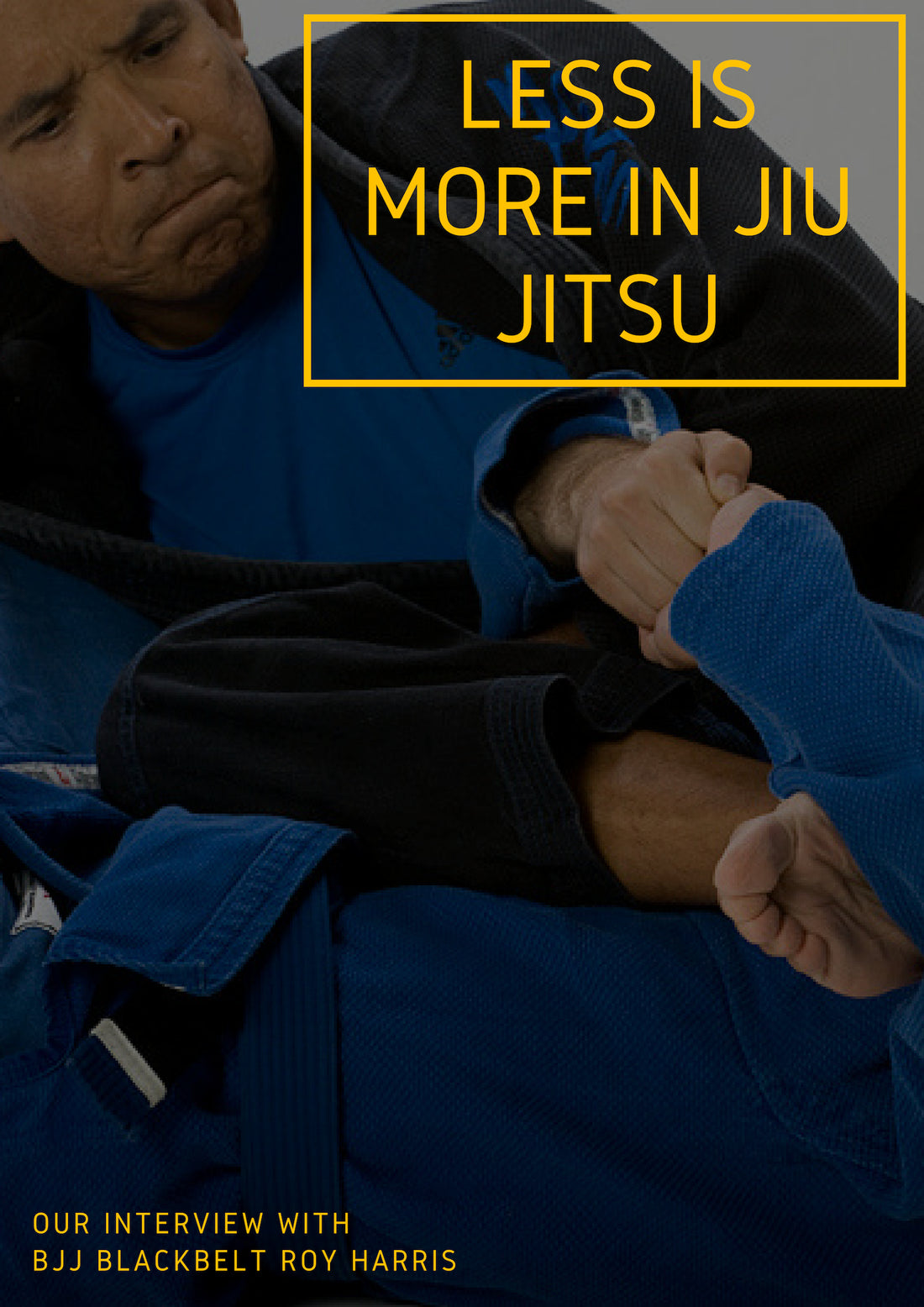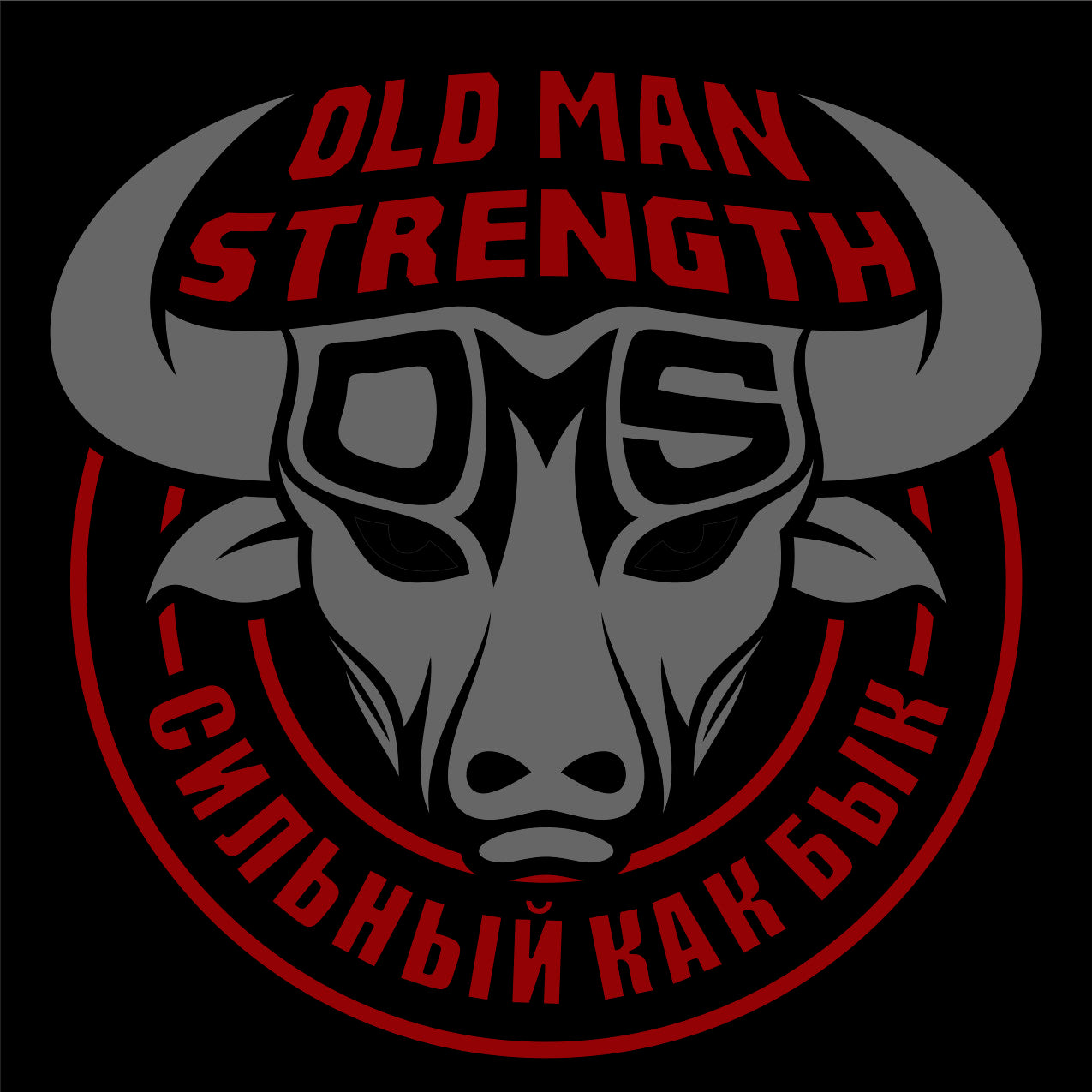
Less is more in Jiu Jitsu – An interview with BJJ Black Belt Roy Harris
We continue with Part 2 of our Interview with BJJ Black Belt Roy Harris. See Part 1 of the Interview here.
Harris is explaining the relationship between what he calls X and Y lines, where the X line represents the quantity of techniques taught, and the Y is the quality of information received about those techniques or the depth of instruction in taking those techniques to a point where they’ve become useable, repeatable and measurable skill sets.
We ask Harris about his use of various training methods to develop useable, repeatable and measurable skill sets. “Yes, that’s right. I tend to focus on one topic for extended periods of time. To develop my side mount (100 kilos) escapes, for example, I spent seven years focusing on them. It sounds unusual to most people, but this kind of training has kept me motivated to continue developing, polishing, and over time, hopefully mastering certain elements of what I already know – instead of continually pursuing the knowledge of more and more techniques like many students tend to do”.
Harris’s lifestyle and approach is one of depth and integrity, clearly something that would have required significant mental strength over the journey. We ask him about whether this, and the overcoming of adversity, has been an important part of his success.
He agrees. ”Mental strength has been an important part of my journey”, he says. “I have not always had it, and as a result have made many many mistakes. Through it all, I have gained a lot of experience and wisdom. When I look back on what I’ve accomplished, though, its pretty much all down to this”.
We ask for an example and the discussion becomes more serious. “I don’t talk about this publicly, but I have been subject to a ton of racially motivated events. Traveling around the world has certainly opened my eyes to the thoughts and feelings others have on people of color – yes, even within the martial arts community. When I first began encountering these things, I didn’t have the mental strength to politely deal with them. But as I gained more experience, I began to smile at people who said and did such cruel things. And, these cruel events helped mould and shape me into the person I have become. Granted, I am nowhere near perfect, but I have matured from handling difficult people and circumstances”.
Harris has had an intense journey where hard work has been a feature. In the early 1990’s, when he worked at a University some 40 hours a week, he spent his weekends and evenings as a student at a police academy and at his academy, as well as driving from San Diego to Los Angeles twice a week for group classes and private lessons at the Gracie Academy. We asked about this time and the work ethic he is known for and he is sanguine. “It was tough. As a result of doing this for one year straight, I was exhausted. However, I had several goals in mind. First, pay my bills. Second, get my education, and third, learn martial arts though the development of useable, repeatable and measurable skills. Granted, I made a lot of mistakes during this time. I also fell asleep at work and in classes at the police academy. But, I gained more than I lost”.
Strength, Endurance and Technique
With time running short, we ask Roy what advice he would give to those seeking strength in their older years in contact and combat sports. He sees two sides. “From my perspective, I think strength – by itself – is helpful but overrated. Having grappled with thousands of people on this planet – as the result of teaching so many seminars and teaching so many Jiu Jitsu classes at kickboxing schools, karate schools and the like – it has been my observation that the most difficult guys to spar with have been the guys who had the mix of strength and endurance. Let me say this a different way. The guys I sparred with who had strength were difficult to spar with the first 3-5 minutes. After that, their strength would let them down because they did not have endurance. The guys I sparred with who had endurance – and a tinge of strength – were the most difficult to spar with”.
We ask why. He continues “They were difficult because it felt like they could keep going and going and going and going. These guys weren’t as strong as the biggest guy in class, but their strength was 60-70% of the big guy. And, these guys could use their strength for two hours of grappling and not feel tired. They sweated just like everyone else but they looked like they had just completed their warm up – and were ready to go for another two hours of sparring. I think it is more important for older guys and gals to develop muscular endurance rather than just strength”.
Harris has clearly taken his art to a point where he is comfortable and it can carry him through as he gets older. He nods in agreement. “I’ll put it this way. As I have gotten older, my focus has changed to refinement of the “basic” techniques, a focus in training on the development of awareness, timing, distancing, sensitivity and efficiency, simplicity, and a focus on giving back more than I take”.
Old man strength in action. We thank Roy Harris for his time and for his advice to the OMS community.


